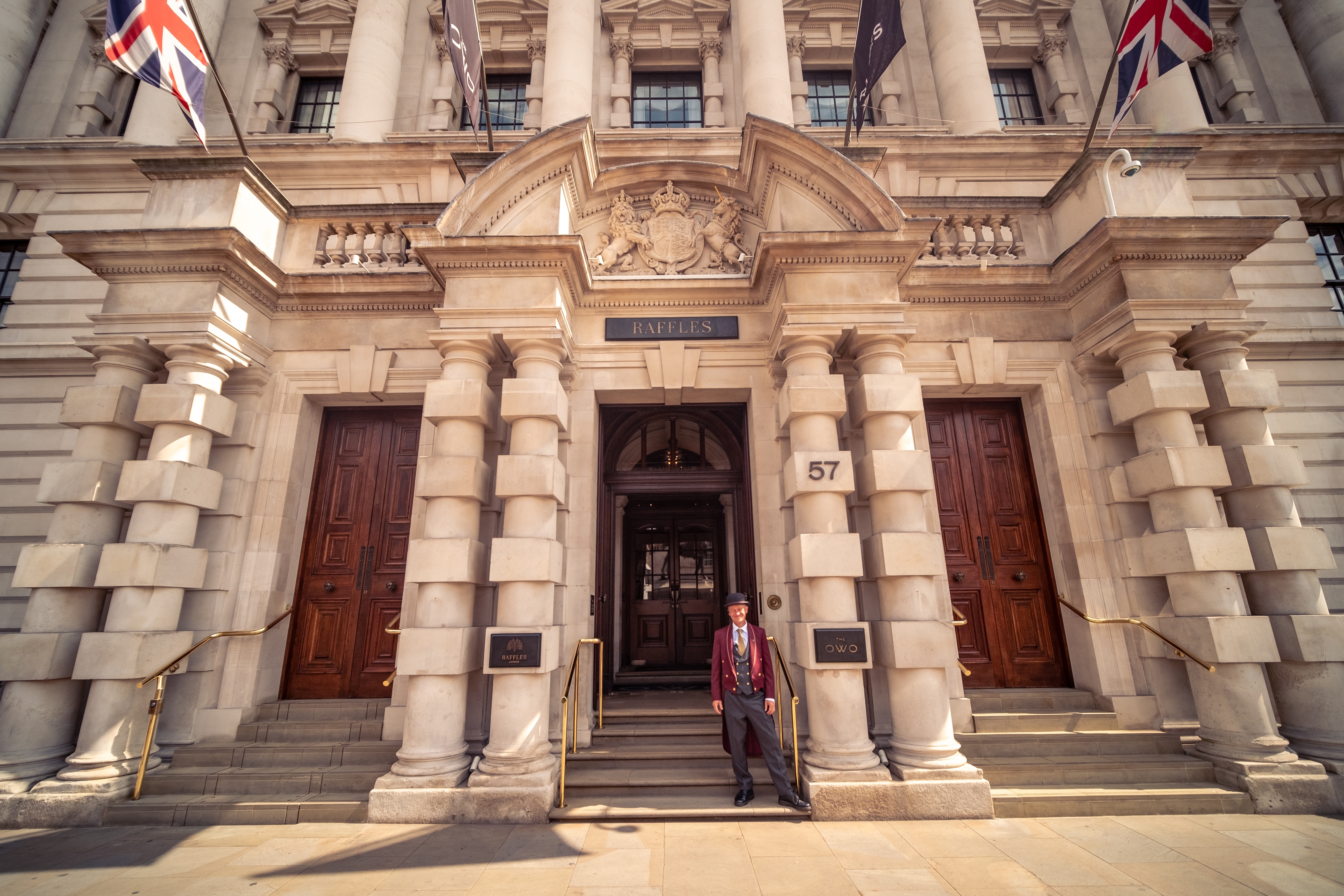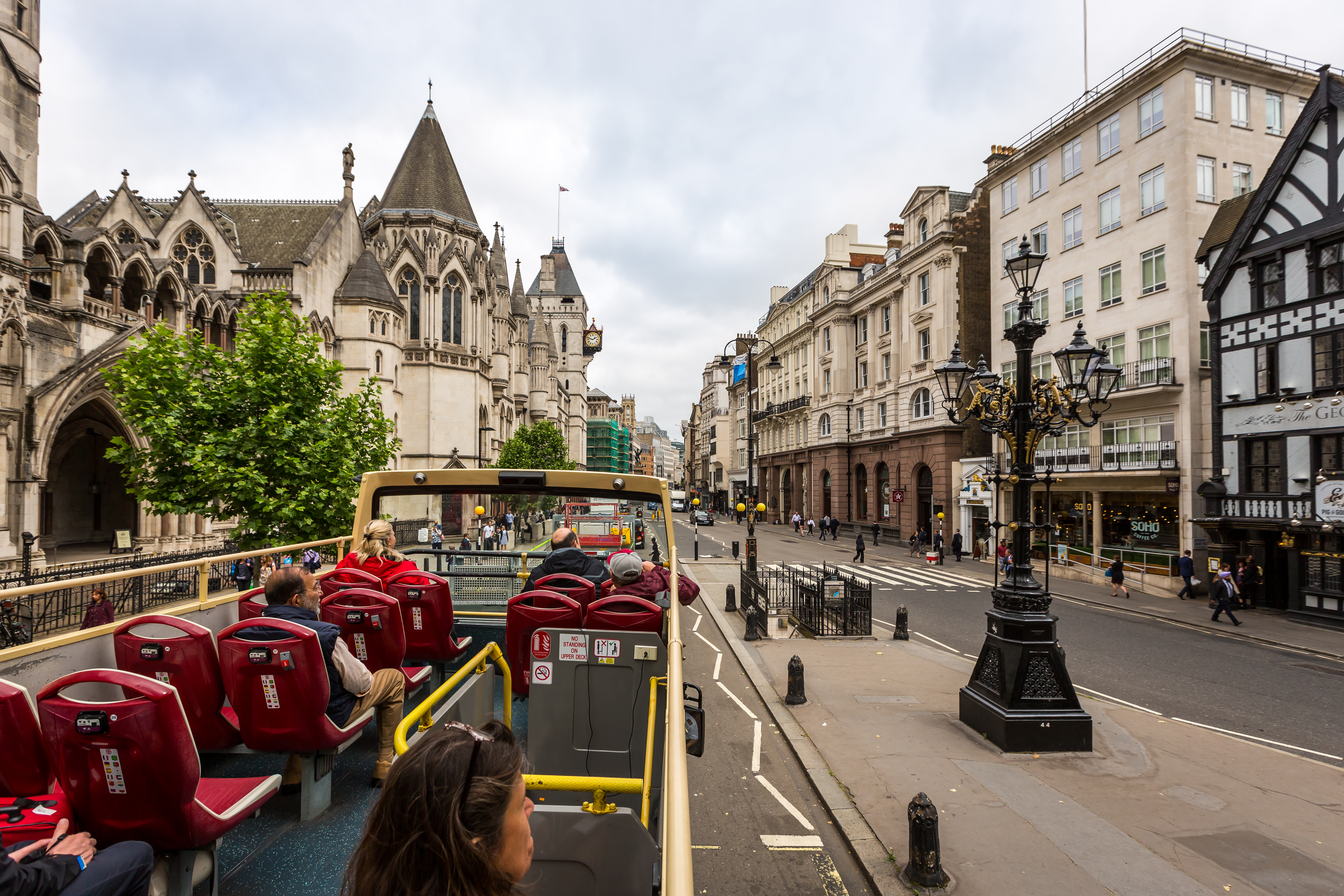Hampstead Theatre
The history of London is full of notable storytellers and locations that serve as the platforms for these stories to be told upon. From the days of the great Bard himself, William Shakespeare, there has always been an innovative and somewhat radical element to the city’s love of theatre. It seeks to highlight how culturally important the arts are, by calling attention to certain issues, reflecting societal feelings and effecting change in moving and entertaining ways.
Hampstead Theatre in Swiss Cottage, North London, is perhaps the finest example of how this tradition remains for the 21st century. In 2003, it found its permanent home here with a stunning 374-seat auditorium and 90-seat studio designed by the acclaimed designers Bennetts Associates. A distinctive curved zinc roof looks down upon the timber-lined glass front for a vision of heritage and modernity that was recognised through a prestigious 2003 RIBA national award for architectural innovation, and it stands proudly in the area as a hub for North London’s globally renowned cultural scene.

A Story of Growth
Like all great tales, the story of Hampstead Theatre stretches much further back than all that one can see today. Originally, it began life as the Hampstead Theatre Club with its productions taking place in the rather less grand surroundings of a parish school room in Hampstead Village. The visionary director James Roose-Evans was at the helm with an opening season that included the debut of two Harold Pinter plays, The Dumb Waiter and The Room, both of which went on to receive massive critical acclaim – an impressive start that laid the foundations for what was to come. In 1962, Hampstead Theatre then took residence in a small and unassuming studio in Swiss Cottage, where it duly became the epicentre of brave new writing from playwrights and a sandbox for some of the finest acting talent the country has produced.
An Enviable Roll Call
All playwriting talent needs a place to begin. The architects of stories written to be told through the mouths of others must be allowed to hear how their words can rise to the rafters or fall to the floorboards. Hampstead Theatre has enabled the minds of some truly wonderful storytellers to play, produce and perfect their craft during its time. The incredible, Oscar-winning British Pakistani writer Hanif Kureishi enjoyed moments here early in his career, with plays that forged a path for his global success. Similarly, the peerless Mike Leigh, who is renowned for shaping modern humanist British Cinema, debuted work at the Hampstead Theatre that would eventually go on to make waves around the world. Jude Law, John Malkovich, Sheila Hancock, Alan Rickman and Maxine Peake have all trodden the hallowed boards here too, honing and refining their arts in this intimately prestigious setting.
The Art of Location
Hampstead Theatre benefits from its place just outside the recognised theatre world of London’s West End. It is close enough to still attract discerning patrons who are willing to take the stroll or tube journey, safe in the knowledge that the stories on show will offer something different. The theatre thrives on this rebellious nature that keeps it at the fringe of things, often serving as a test bed for much bigger things, such as when the 2011 Amelia Bullmore play – Di and Viv and Rose – exploded in popularity taking it from the studio to the main stage and eventually into a West End Rin of its own. This was made possible by the risk-taking philosophy of its home in Hampstead.
Audience & Patron Funding
Sadly, as has been the case for many UK cultural institutions over the last 20 years, Hampstead Theatre has seen its funding from Arts Council England scaled back. However, as testament to the high regard it is held in the local community, and indeed the wider cultural world, it has managed to adapt its business model to remain resiliently afloat through patron donations and opening up the space for filmed projects.
Daring to Do More
Of course, it will always be through ticket sales and feet through the door that a theatre duly thrives. The 2025 program for Hampstead Theatre illustrates how important it is to showcase and foster new writing and writers amongst the more well-known scribes with shows from Nancy Farino and Will Lord sitting amongst a schedule that includes the classic Tom Stoppard play, Indian Ink.
It is often said that the ultimate purpose of theatre is to examine and interrogate the human condition, understanding how we have once lived, how we live now and what kind of future we can hope for. Hampstead Theatre embodies this philosophy, both in the entertainment it provides and through the story of the place itself. For those of us who wish to hear new voices emerge and see new plays produced, it seems only fair that we take the opportunity to support it in the best way possible, by buying a ticket and making the trip there to watch them.



